The Super Bugger is the most adorable of RVs
The laugh comes bubbling out—no mockery, just sheer delight. What on earth is this thing? The love child of a Volkswagen and a motorhome? A Vee-Dub RV? A Mini-bago? It’s a Super Bugger, midway between a Beetle and a Westfalia camper, and it’s here to put a grin on your face.
Along with a name to raise the eyebrows of staff at Hagerty’s UK office, the Super Bugger boasts an incredible amount of practicality. It has the friendly face of a Volkswagen Beetle but also a sink and a stove and a comfy dining table just big enough for two. There are drawers and cupboards everywhere, just as you’d find on a single-cabin sailboat. The table folds down into a bed.
All of this in a footprint that’s scarcely longer than that of the Volkswagen upon which it is based. The Super Bugger is also relatively light at around 2400 pounds. Despite having a height of 92 inches and the aerodynamic profile of a garden shed, it can run along at highway speeds. Nobody gets annoyed if it’s cruising a bit slower than the slow lane; people often fall in behind and follow the Super Bugger to its exit so they can take pictures and ask questions.
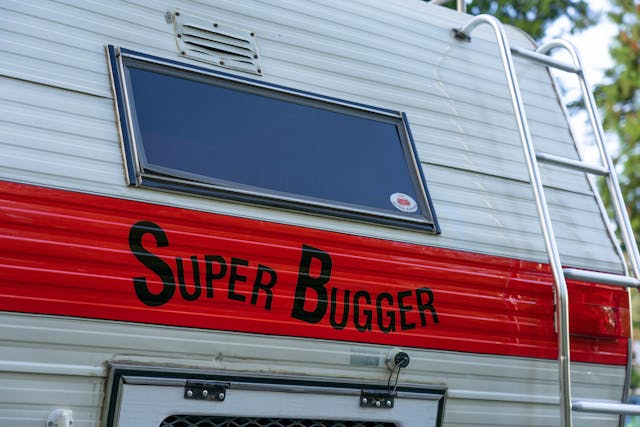
This example belongs to Sandra Paeseler and Bill Furlong of New Westminister, British Columbia, Canada. During the milder seasons, they often take it camping. Sandra, who doesn’t drive, is a bit more reserved than Bill, who is a Newfoundlander and well up to the task of chatting with strangers and fielding their queries. Generally, the latter run along the lines of “Wow! Did you build it yourself?”
While this Super Bugger benefited from a loving, ten-year restoration, the strange VW-motorhome hybrid was not uncommon 50 or 60 years ago. Similar to the dune buggy craze started by Bruce Meyers and his Manx, the sheer ubiquity of Volkswagens in the 1960s meant people felt free to get creative with them.

In Costa Mesa, California, somebody drew up plans for a Beetle motorhome conversion kit. Interested parties could either buy a turn-key “Super Bugger” or modify their own Bug. No matter which party did the work, everything from the firewall back was cut off and discarded, the chassis was reinforced, and the motorhome body built on top of the VW’s pan.
There are some variations on the theme, but anyone who owns the likes of a Boler or other small travel trailer will recognize the recipe used for the camper shell. The frame is of wood, with plywood floorboards and fairly standard RV-grade windows and fixtures. There are some clever tricks, such as the ball-and-socket rubber doorstops, and quite a lot of interior lighting. Originally, there would have been two beds: the main one and a loft over the seats for kids. Since the shelf for the latter was right at the height to smack an adult in the head, Sandra and Bill removed it.
Reupholstered in red, this Super Bugger’s interior is invitingly cozy. The Danish have a word for the feeling of the space: hygge, the contented feeling of spending all day in your pajamas.
All through the 1970s, the Super Bugger inspired imitations. Pinning down how many of these campers were built is tricky, and only a handful remain. But when Sandra’s father Herbert spotted the nose of this one sticking out of a Nevada Garage, however, the avid motorcyclist knew exactly what it was.

“The owner didn’t want to sell,” Sandra says, “But my dad kept stopping by, and eventually he convinced him.”
Herbert frequently took the Super Bugger on camping trips from California to British Columbia. After he died, Sandra inherited the car and stored it with some friends. Bringing it back to life took dozens of hours and tens of thousands of dollars, but the Super Bugger was part of the family.
The most recent camping season was cut short by some mechanical trouble near the ferry terminal at BC’s Sunshine Coast. Bill says there was a bit of trouble finding a tow company to retrieve the car; nobody had heard of a Super Bugger. But, he says, “by jigs and reels, we got her done.”
Happily, because the underpinnings are pure VW, finding a mechanic wasn’t difficult. Even better, the problem turned out to be only a failing U-joint, not a transmission failure, as Bill had feared. The mechanic, who builds drag-racing Bugs, had the Super Bugger sorted in a couple of hours.
Though it’s in fine mechanical fettle, the Super Bugger no longer ventures as far afield as California. When the conversion was new, the roads would have been packed with Volkswagens, and traffic would have moved slower. The basis for this RV was a 1969 Beetle, and while it has the lower-geared transmission of a Microbus to crawl up hills, it’s not really suited to interstate travel.

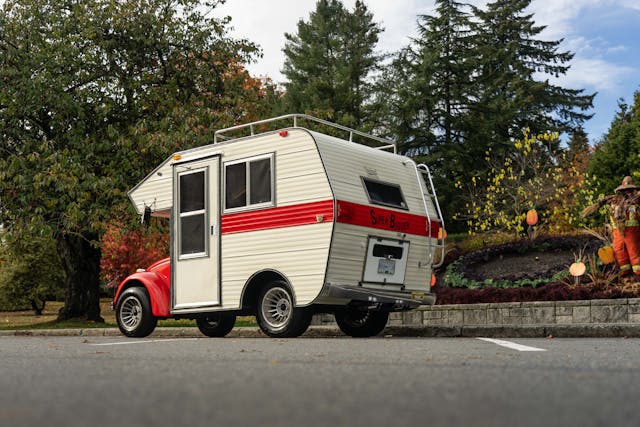
It won’t be sitting still, though. Bill and Sandra will take their little red RV camping around the Pacific Northwest this season, down into Bellingham, or back up to the Sunshine Coast. And everywhere they go, the phones will appear, and smiling faces will come up to chat, just they did the afternoon we spoke. “I had to stop!” one jogger said, panting to a halt.
Of course you did. It’s a cute little bugger.
***
Check out the Hagerty Media homepage so you don’t miss a single story, or better yet, bookmark it. To get our best stories delivered right to your inbox, subscribe to our newsletters.

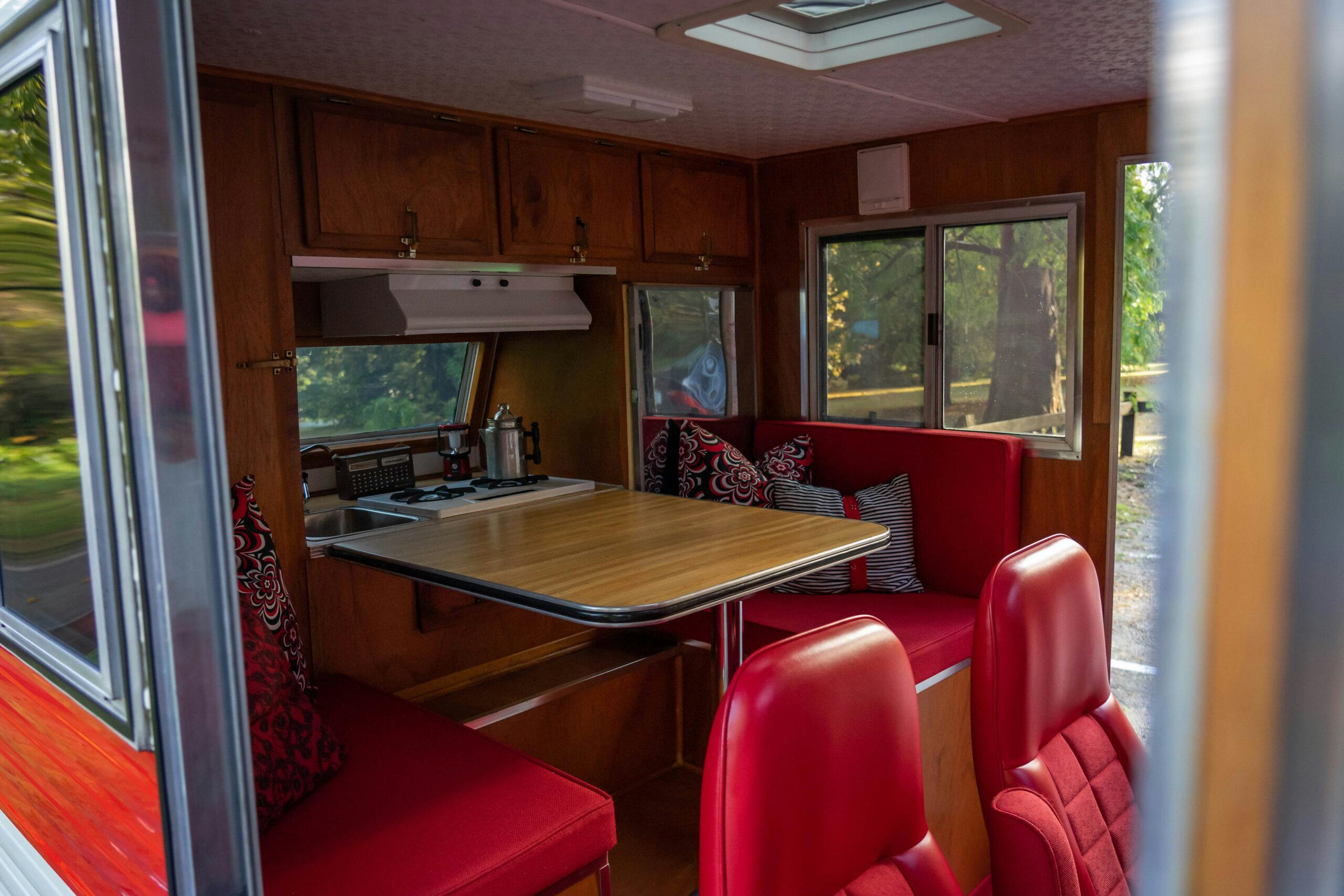
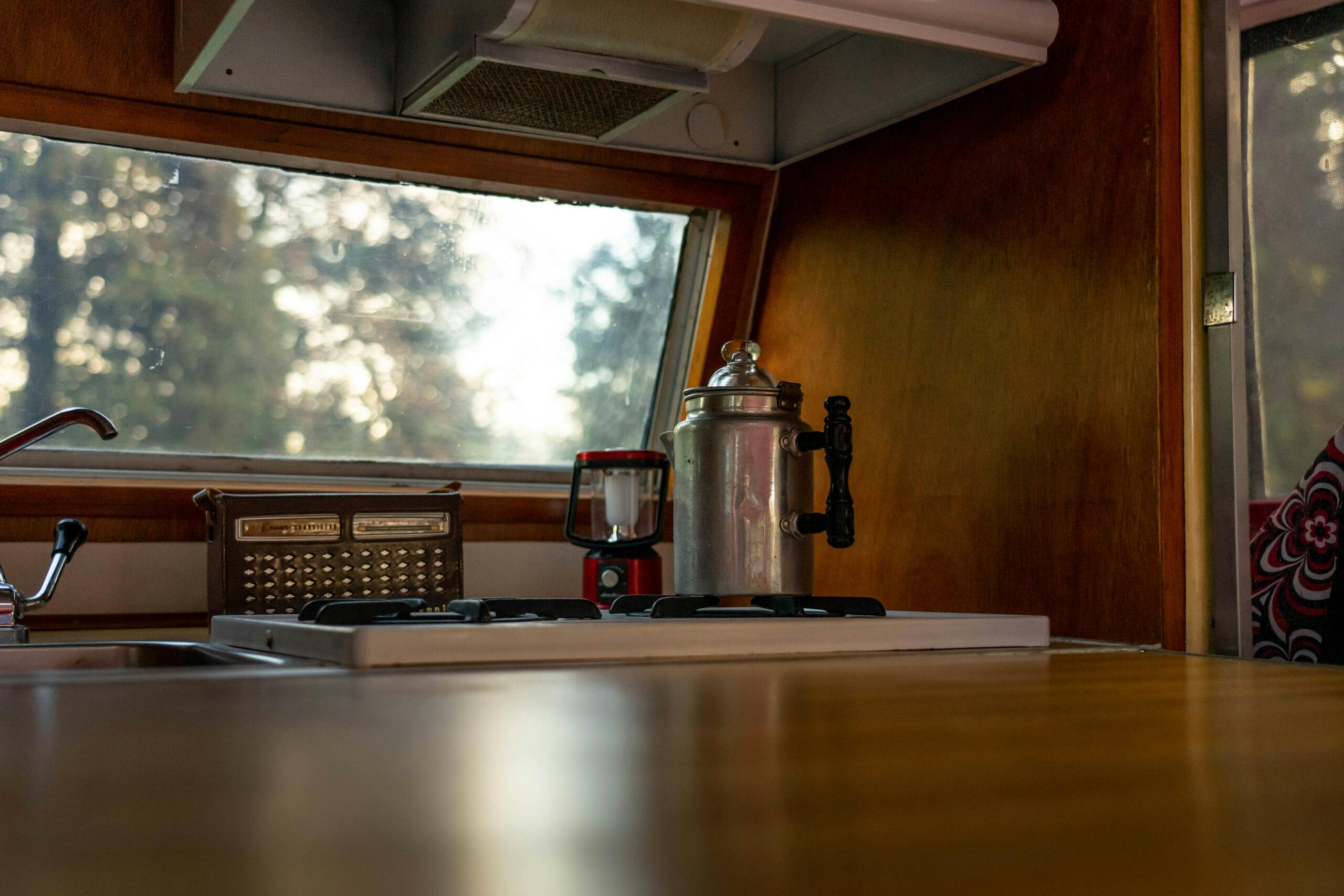

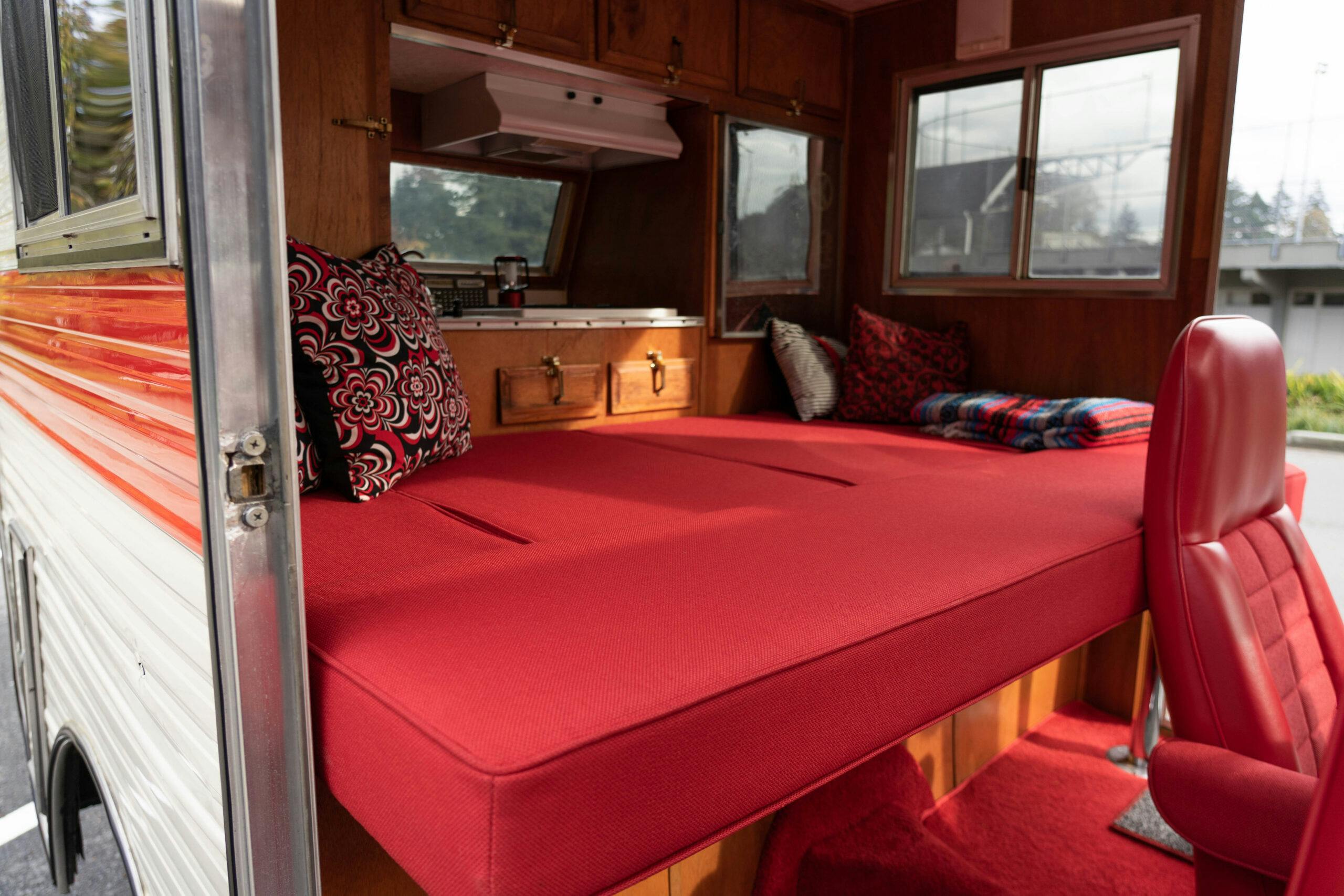

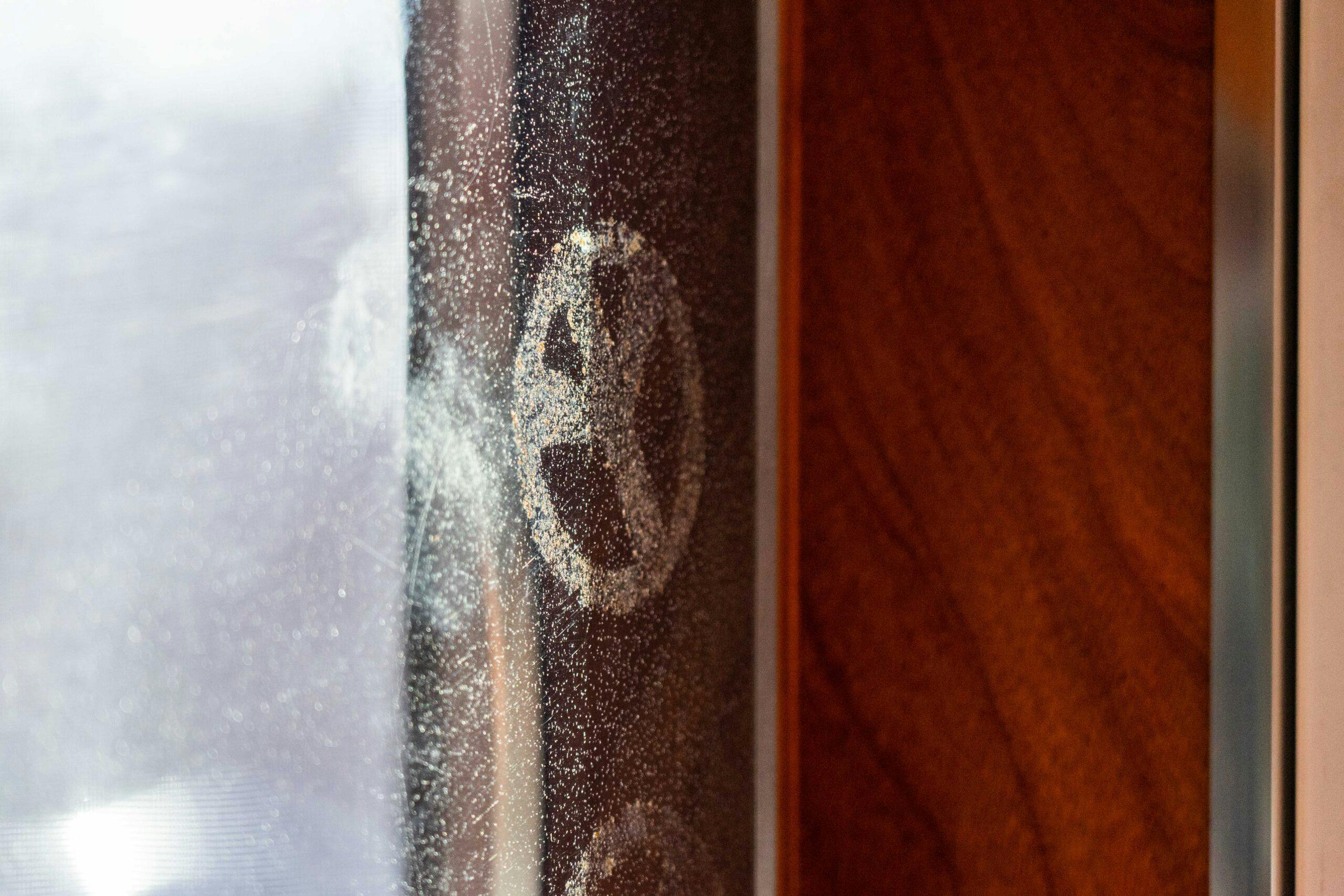
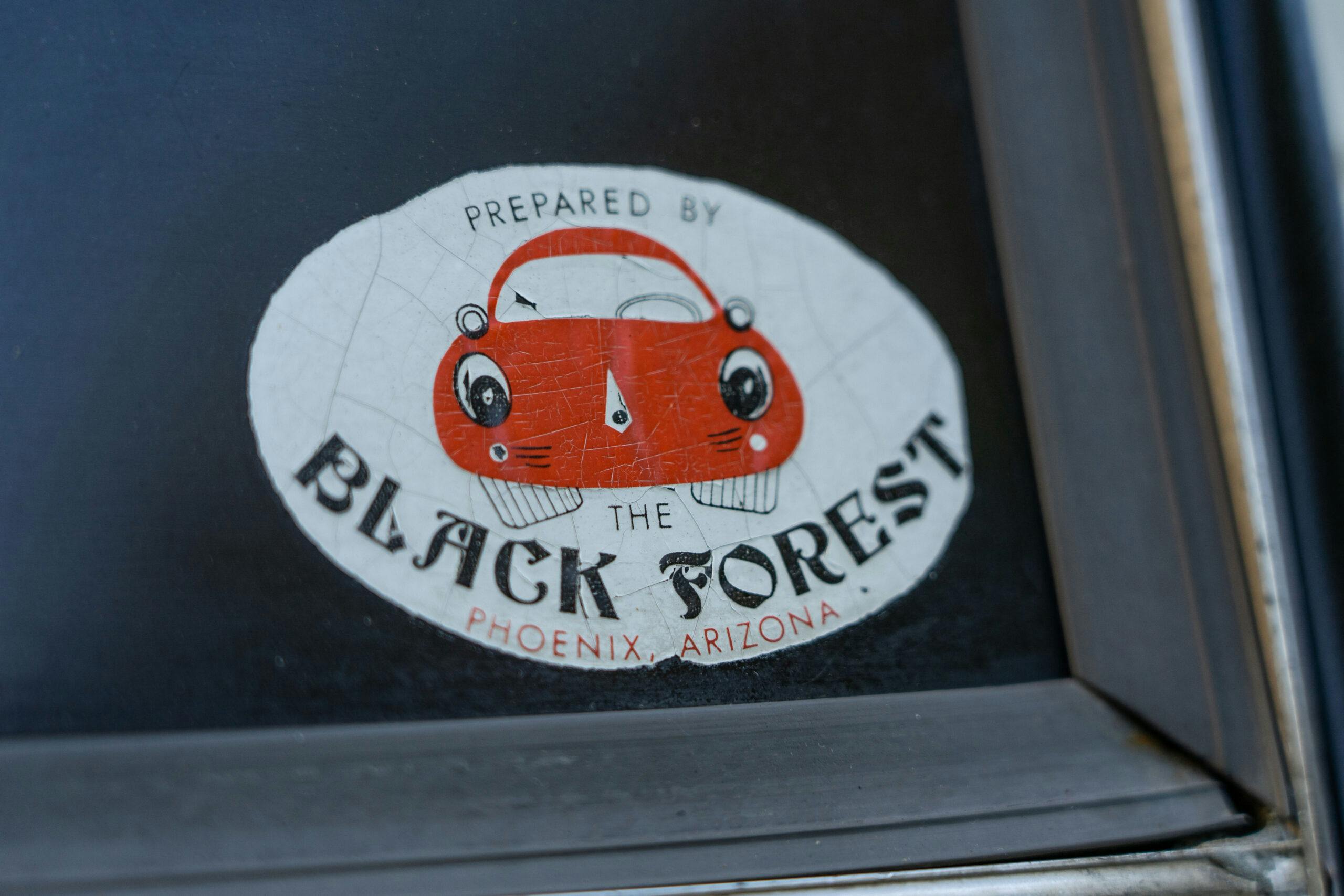
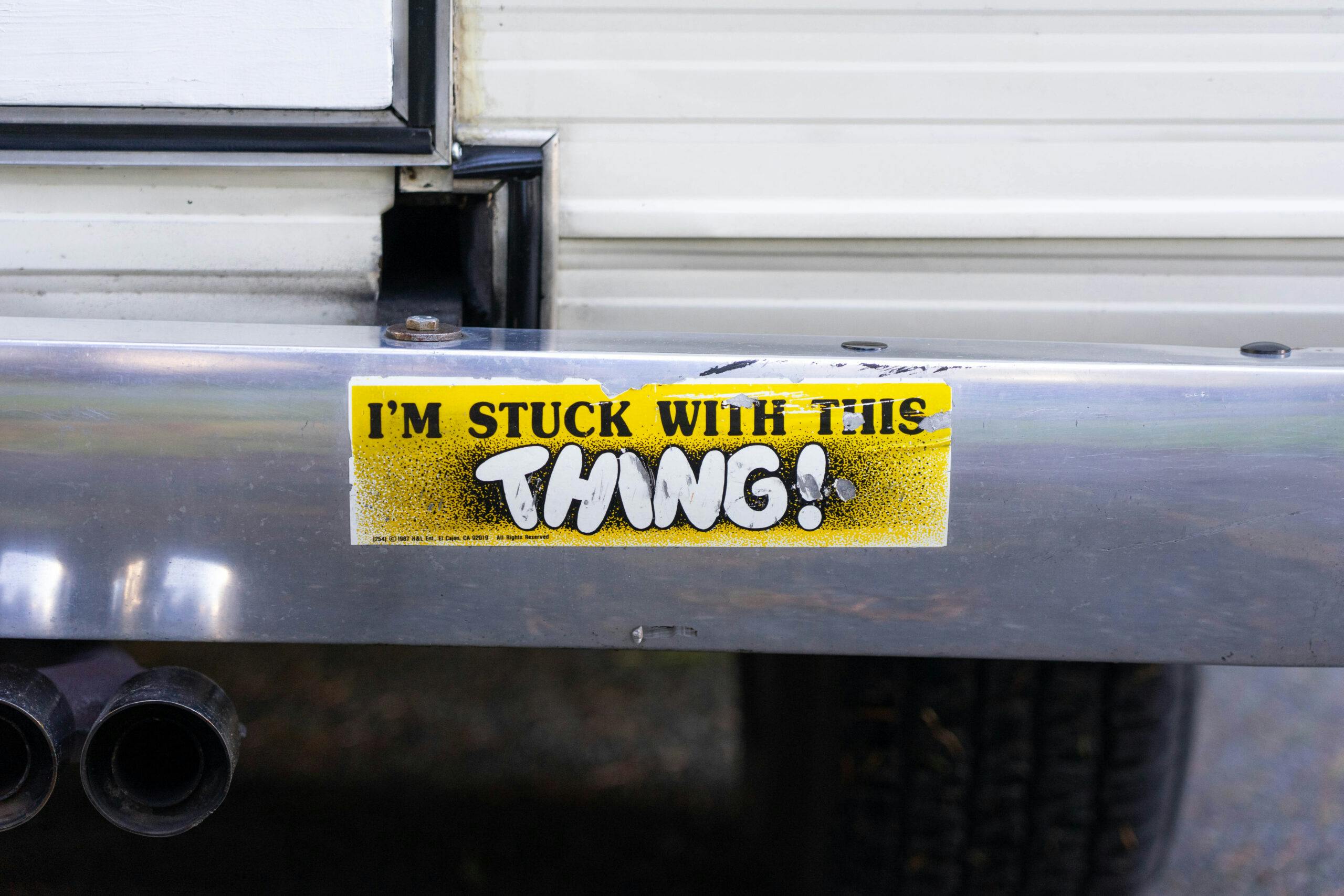

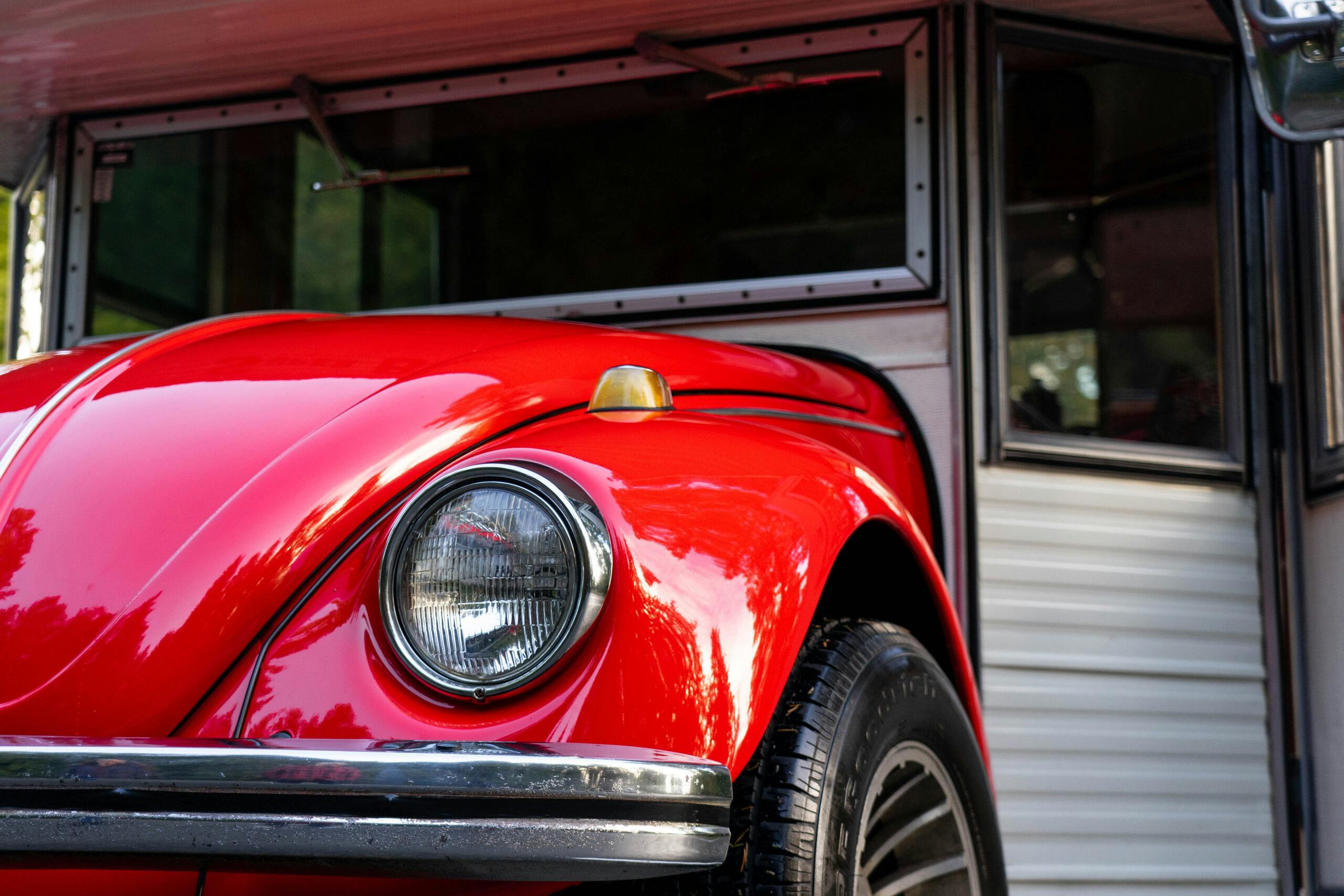
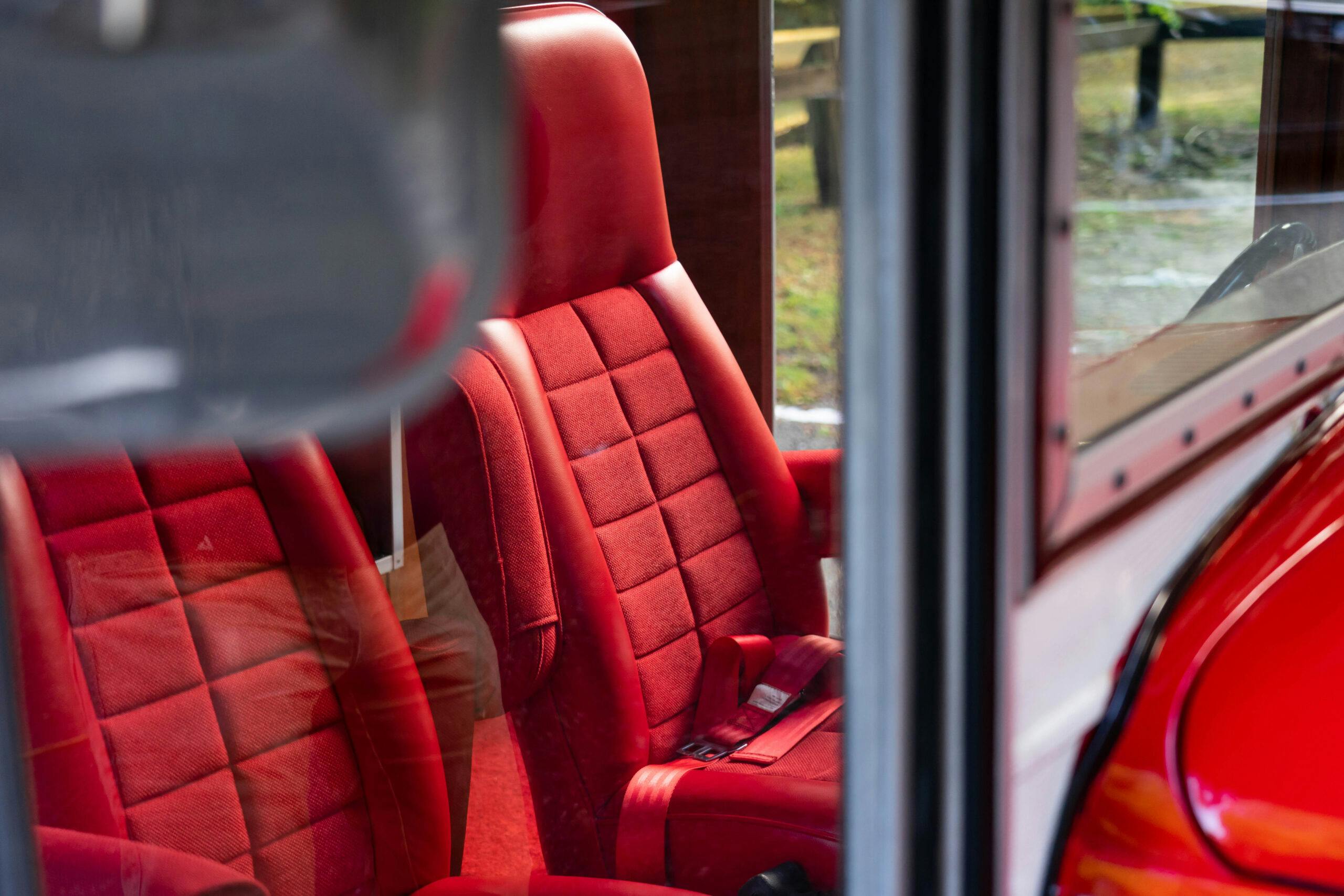
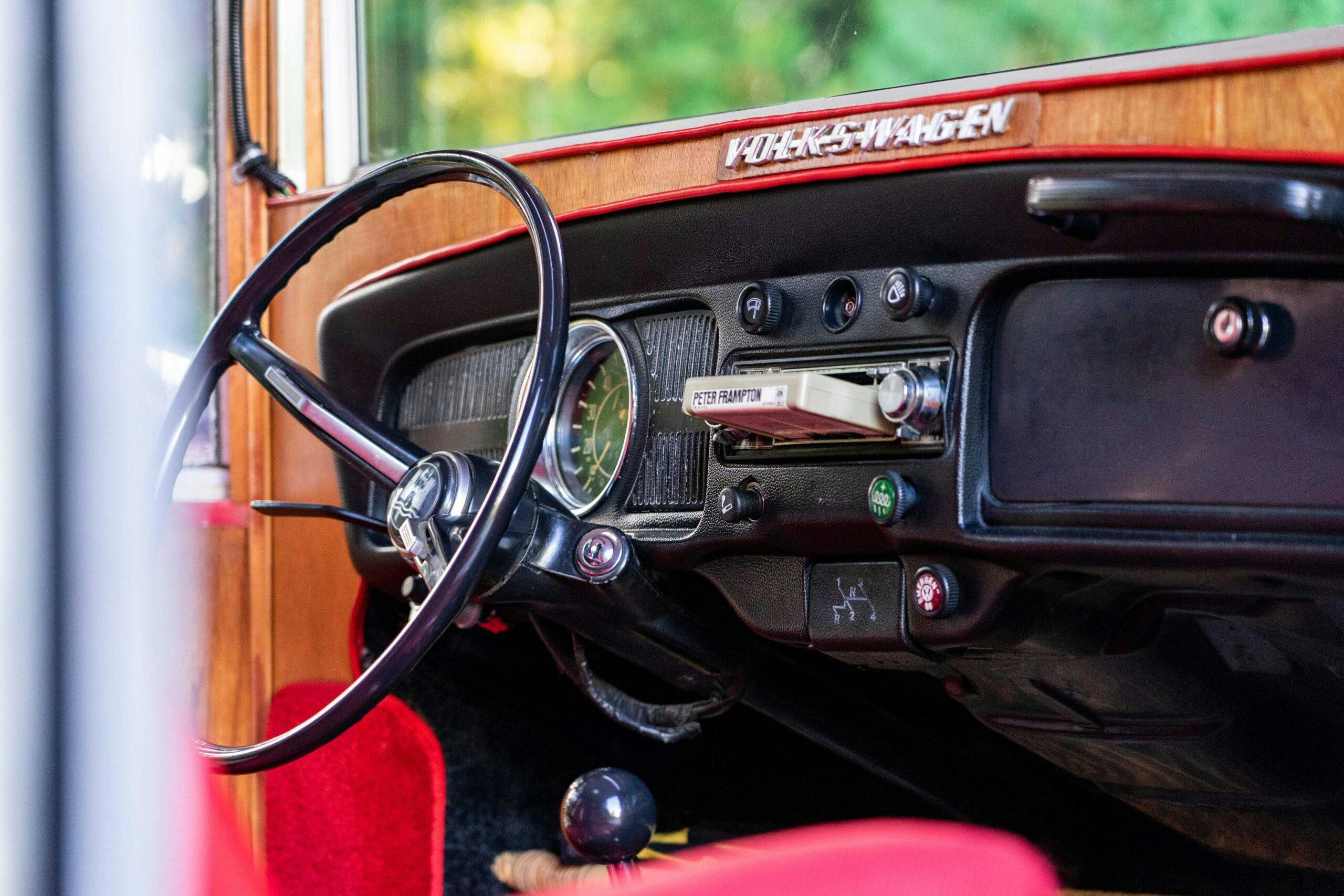

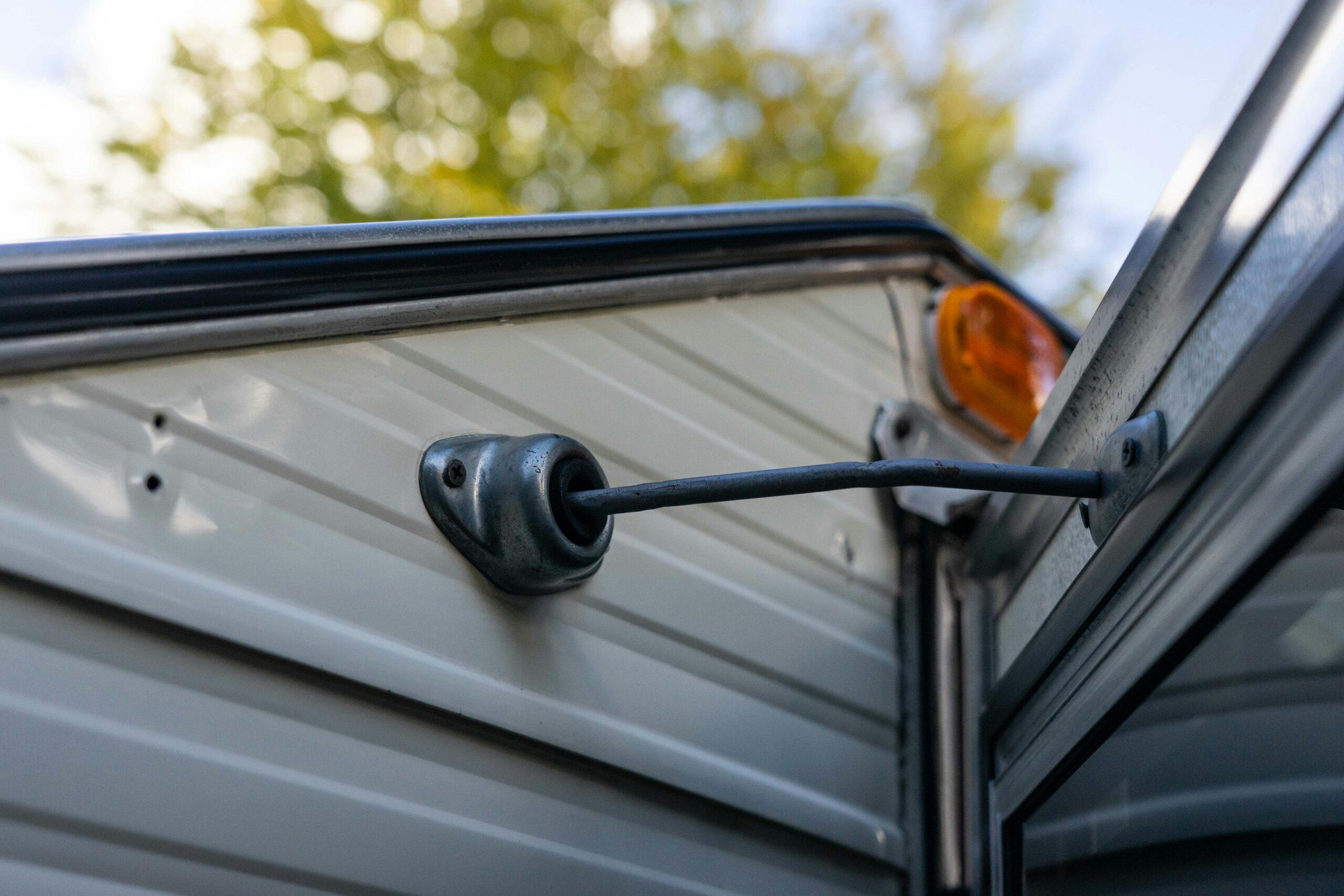
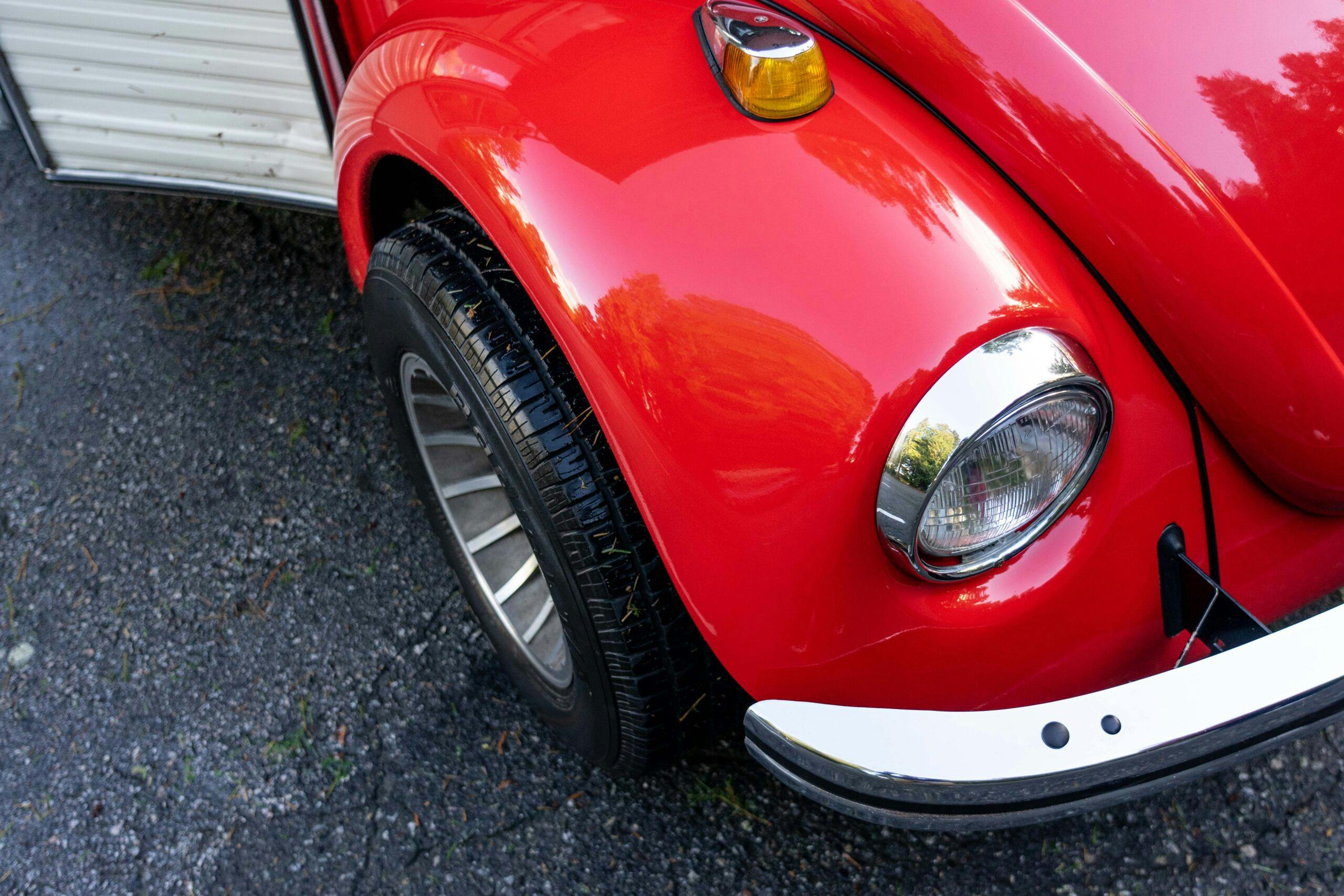
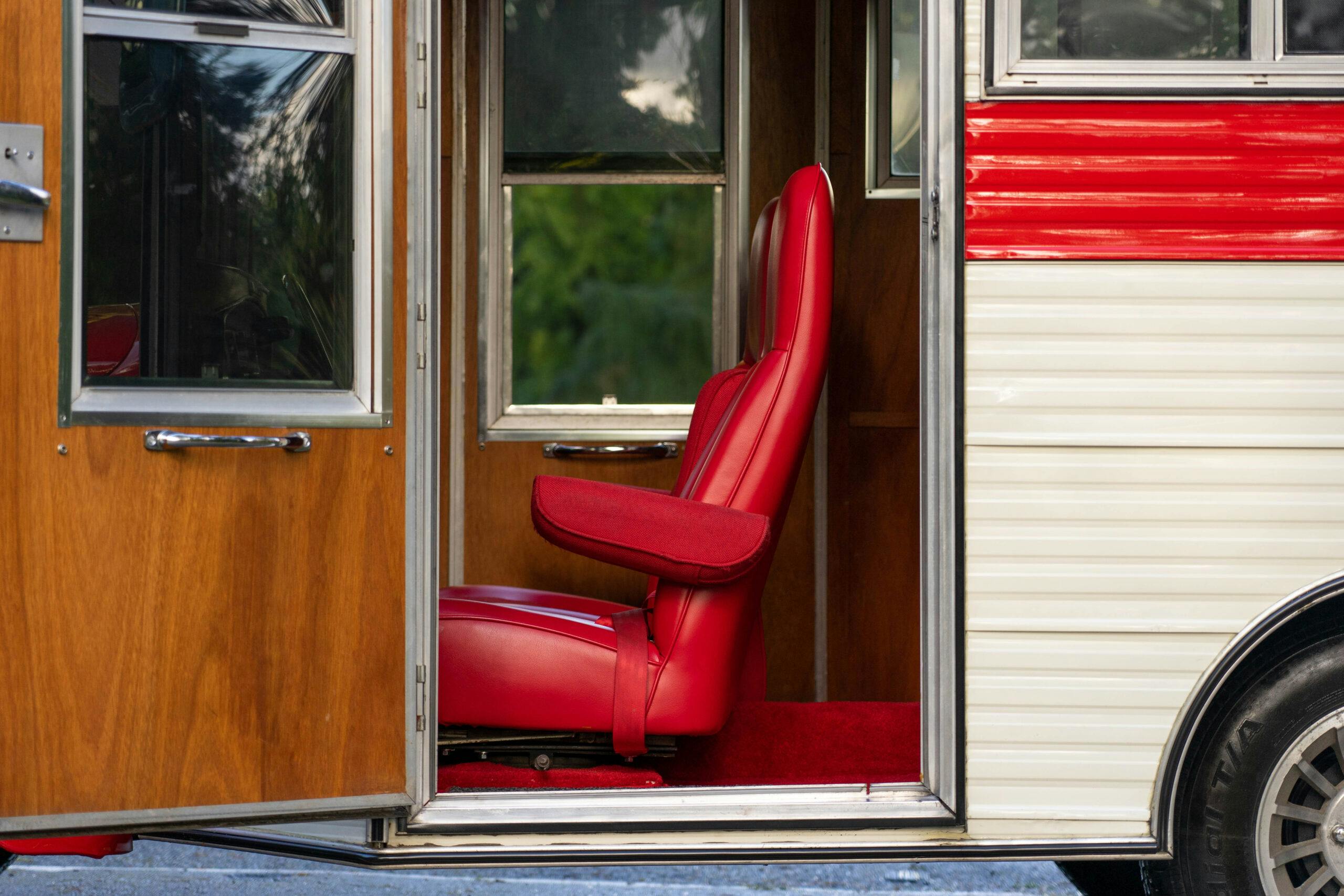
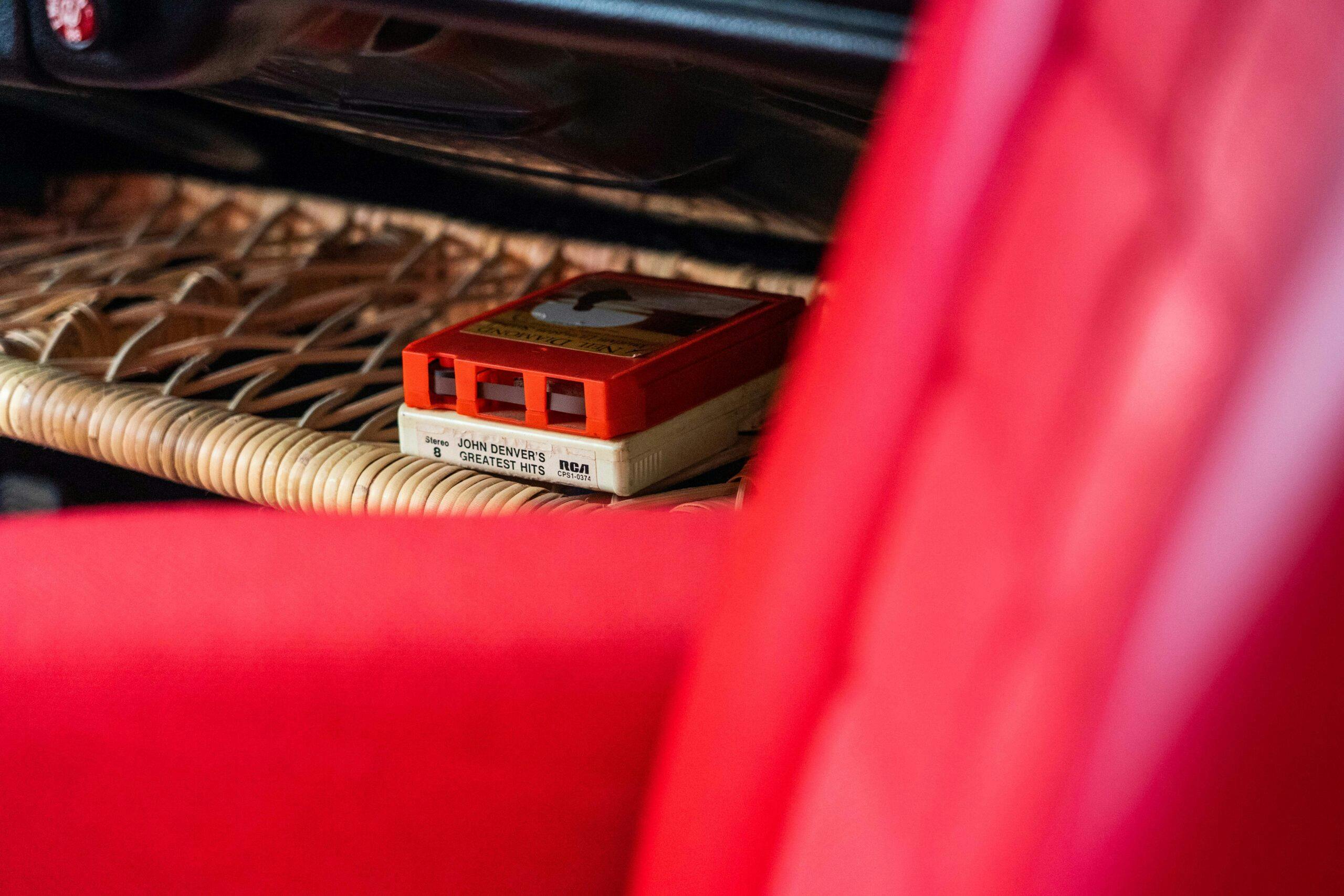
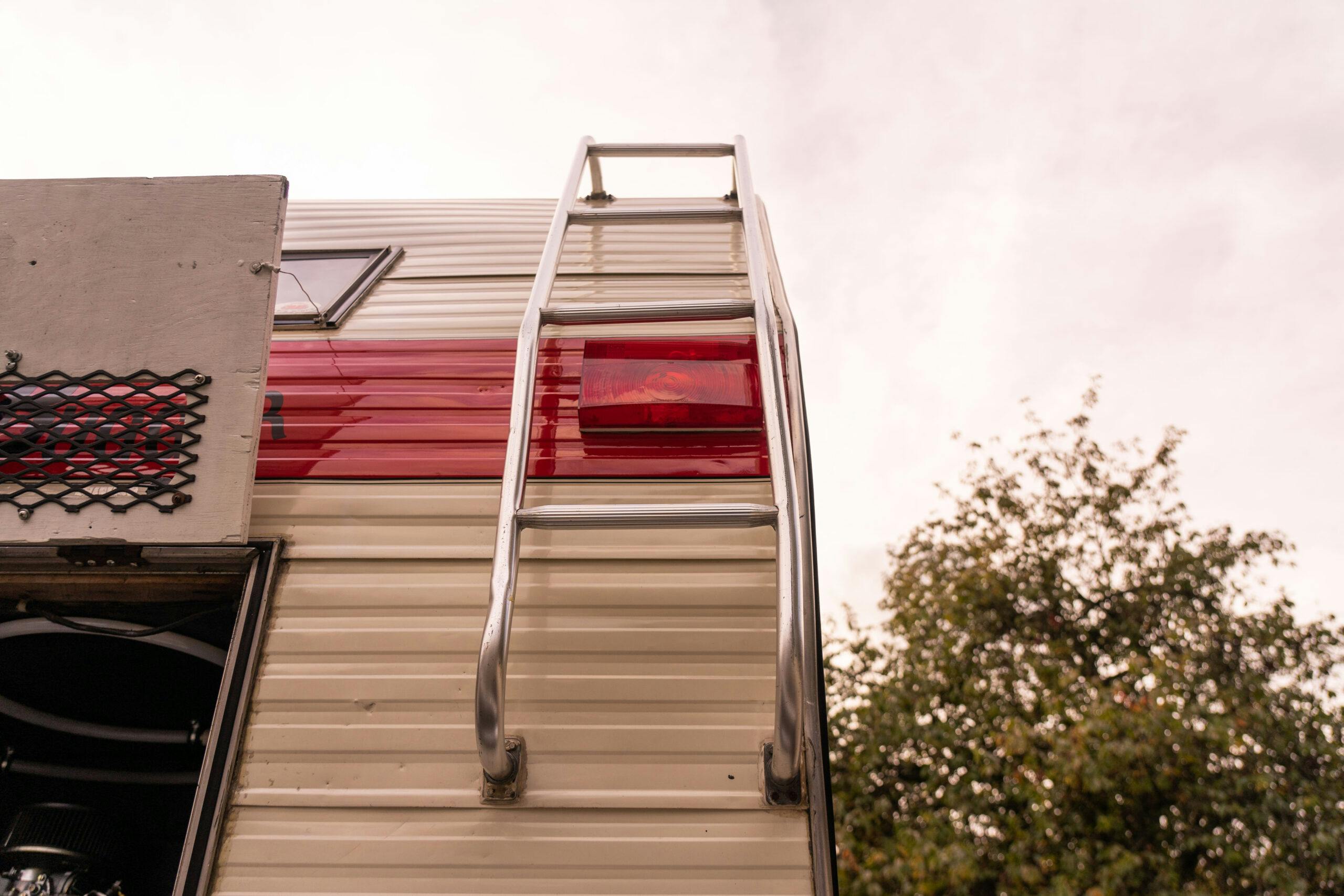


I like how the front pic looks like a Beetle just wearing some sort of helmet.
Love the look and the memories it brings back. I used to work for Volkswagen all through the 70’s but left when they discontinued the Bug in the early 80’s. Calm and happy days back then. Keep that Bugger in the family, love it.
nice looking bug did you up grade the motor to a 3.0 leader
Popular Mechanix had an article with the “how to build one” design. Back in the day. The only one I saw was on I-10.
Saw one on I-10 back in the day. The design schematics were available omin Popular Mechanix.
Really cool idea and great execution but a failing “u-joint” in an aircooled VW based vehicle is a bit odd.
Interesting treatment of a 1969 Beetle. Personally, though, I would rather have my 1969 Beetle – my first car – back. Although it was slow enough, it likely would seem like a quarter horse compared to this.